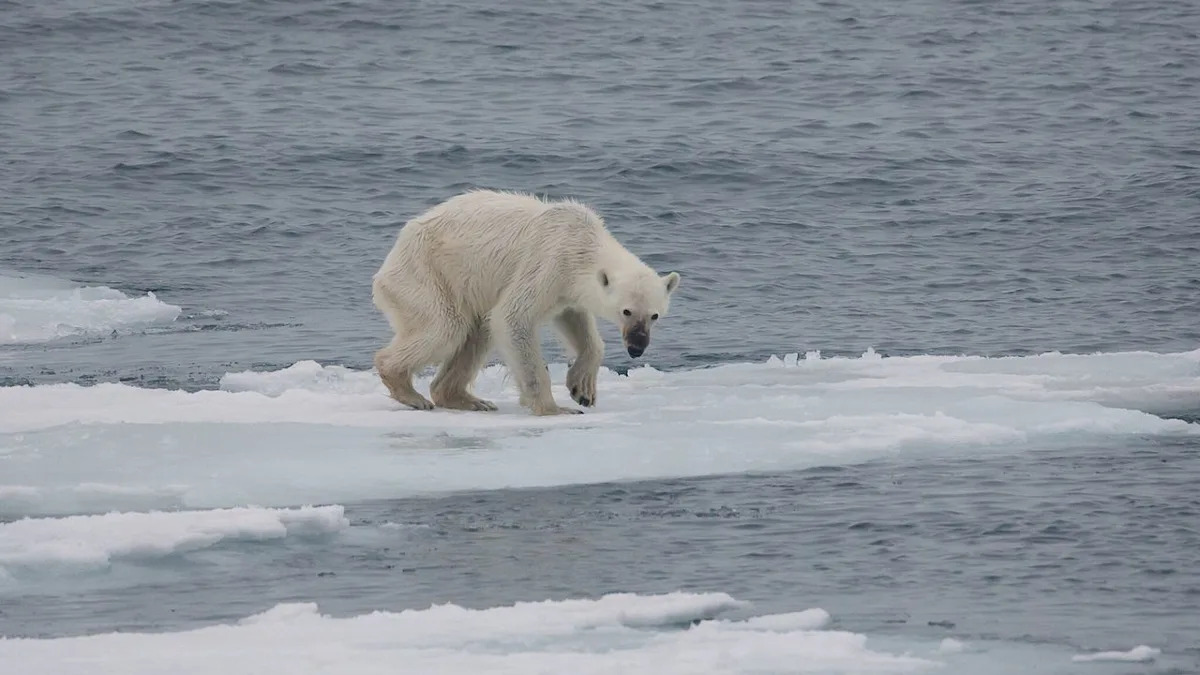Home / Environment / Arctic Sea Ice Decline Imperils Coastal Communities and Traditional Livelihoods
Arctic Sea Ice Decline Imperils Coastal Communities and Traditional Livelihoods
4 Oct
Summary
- Arctic sea ice declining by 50% since 1978, exposing coasts to erosion
- Shorter ice travel seasons disrupt indigenous hunting and access to drinking water
- Climate models predict Arctic could be ice-free in summer within decades

As of October 2025, the Arctic sea ice cover has been steadily declining over the past decades, with far-reaching consequences for the region's coastal communities. Satellite data shows that the late summer sea ice extent has decreased by around 50% since routine observations began in 1978.
This dramatic loss of reflective white sea ice has exposed the darker open water, which absorbs more of the sun's radiation and adds to the overall warming of the Arctic system. Along the Alaskan coast, the decline in sea ice is most apparent in the longer ice-free season, with the ice now forming later in the fall and breaking up earlier in the spring.
For the indigenous people who rely on the sea ice for their traditional way of life, this change has been profoundly disruptive. Local hunters can now only safely travel on the ice for shorter periods, and the disappearance of the older, less salty multiyear ice has made it more difficult to access drinking water. Coastal erosion, exacerbated by thawing permafrost and rising sea levels, also threatens roads, houses, and entire communities.
Advertisement
Climate models project that if greenhouse gas emissions continue unabated, the Arctic could be completely ice-free during the summer months within the coming decades. While this may open up new shipping routes, the ecological consequences would be severe, as the loss of sea ice would fundamentally alter the Arctic's delicate marine ecosystems. Even in winter, the extent of sea ice along the Alaskan coast could disappear by the end of the 21st century if global emissions are not reduced.




